This article was medically reviewed by Mohiba Tareen, MD and by wikiHow staff writer, Christopher M. Osborne, PhD. Mohiba Tareen is a board certified Dermatologist and the founder of Tareen Dermatology located in Roseville, Maplewood and Faribault, Minnesota. Dr. Tareen completed medical school at the University of Michigan in Ann Arbor, where she was inducted into the prestigious Alpha Omega Alpha honor society. While a dermatology resident at Columbia University in New York City, she won the Conrad Stritzler award of the New York Dermatologic Society and was published in The New England Journal of Medicine. Dr. Tareen then completed a procedural fellowship which focused on dermatologic surgery, laser, and cosmetic dermatology.
There are 14 references cited in this article, which can be found at the bottom of the page.
This article has been viewed 14,946 times.
You probably know that the skin on your eyelids can get a sunburn, but did you realize your eyes can be sunburned (called photokeratitis)? Eye sunburns usually heal on their own within a few days, but we’ve provided several at-home treatments—and a few doctor-prescribed treatments—that can ease your eye discomfort. And, since prevention is the best cure, we’ve also included easy ways to avoid eye sunburn in the first place.
Steps
Treating Sunburned Eyes
-
1Remove your contact lenses if you wear them. This will help reduce irritation and increase your comfort when you have an eye sunburn. Place your contact lenses in their usual case and clean them as you normally would after you remove them. Wear glasses instead of contacts while you’re waiting for your eyes to recover.[4]
- Don’t wear your contacts again until your eye sunburn has fully healed.
-
2Go indoors and spend time in a dark or dimly-lit room. If you’ve been spending time outdoors or exposed to bright light from another source, find a dimly lit room to give your eyes a break. Turn out the lights and pull the curtains or blinds to make the room darker. Then, relax in the room for a few hours so your eyes can recover.[5]
- If you’re stuck outside, find a shady spot and put on a pair of sunglasses and a wide-brimmed hat to block out as much sunlight as possible.
-
3Place a cold compress over your eyes to soothe them. If your eyes are feeling irritated or painful from exposure to sun or light, make a cold compress with a washcloth and cool water. Hold a clean washcloth under cold, running water to wet it. Then, wring out the excess water. Fold the washcloth in half, sit in a reclining position or lie down, and place the washcloth over your closed eyes.[6]
- Re-wet and re-apply the cloth as often as necessary to continue soothing your eyes.
Warning: Avoid rubbing your eyes if they feel painful or irritated. This can make the pain and irritation worse.
-
4Use artificial tears to moisten your eyes and relieve irritation. Keeping your eyes moist may help to relieve irritation or the gritty feeling that often comes with sunburned eyes. Apply over-the-counter eye drops a few times daily while you recover from an eye sunburn.[7]
- Check the product packaging for specific instructions. Most products suggest doing 1 to 3 drops per eye 2-3 times per day.
- Don't let the tip of the eye drop bottle touch your eye or eyelid. This can cause bacteria to get into the eye drops, which may lead to an eye infection.
-
5Take an over-the-counter pain reliever to minimize discomfort. If your eyes feel painful, try taking a dose of acetaminophen, ibuprofen, or naproxen to help you feel better. Read the manufacturer’s instructions for dosing information and don’t exceed the recommended dosage.[8]
- If your eyes still hurt after taking an over-the-counter medication or if the pain increases, contact your doctor. You may need a stronger prescription medication for the pain.
- Note that ibuprofen can increase photosensitivity, so you may want to opt for acetaminophen or naproxen if you need to continue spending time outdoors.
-
6Cut back on screen time while your eyes are healing. The blue light from phones, tablets, and computer monitors may further irritate your eyes. Either stop or (more realistically) reduce your use of electronic devices with screens until your symptoms clear up. Take breaks every 20 minutes to rest your eyes when you do have to look at a screen, and use eye drops if your eyes feel dry or irritated.[9]
- You can also purchase computer glasses to help filter out the glare from your screens, although not all eye experts agree that they are especially effective at preventing eye strain.
-
7See an eye doctor for ongoing or worsening symptoms. It’s ideal to go see an ophthalmologist as soon as you suspect you have photokeratitis. That said, it’s okay to try to self-treat the condition for 2-3 days—unless the symptoms get worse or are severe at any point. Your doctor may recommend one or more of the following treatments:[10]
- Dilating eye drops. Your doctor will probably apply these as part of their examination of your eyes, and the drops may reduce your eye irritation while the drops are effective (which can range from a couple of hours to a day or more).
- Padded eye dressing or eye patch. If one eye is more burned (and painful) than the other, covering it may help it to heal more quickly.
- Antibiotic eye drops or ointment. If prescribed, this medication is intended to prevent infection to the eye or eyelid. Follow your doctor’s dosage and application instructions—such as applying 1 drop every 4 hours.
- Waiting it out. Especially if your eye sunburn is mild, your doctor may advise you to simply keep up with simple at-home remedies (like applying cold compresses and avoiding bright light). Most cases of photokeratitis resolve themselves within around 12 hours to 3 days.
Protecting Your Eyes from Sunburn
-
1Wear UV protection eyewear whenever you’re outdoors. What’s the most effective way to prevent eye (and eyelid) sunburn? Covering your eyes with sunglasses or snow goggles that block 99 to 100% of UVA and UVB rays. If you’ll be spending any amount of time outdoors, driving, or even in an area where the sun may reflect off of water or snow and into your eyes, wear appropriate eye protection.[11]
- Choose sunglasses or goggles that provide wrap-around protection for your eyes.
- Polarized sunglasses can help reduce glare from reflective surfaces, like water or pavement. However, polarization alone won’t protect your eyes from UV light.
- Even if it’s cloudy, you can still get a sunburn—it’ll just take longer to happen. So put on protective eyewear if you’ll be spending more than a short time outdoors on a cloudy day.
-
2Wear a wide-brimmed hat along with your sunglasses. While a hat will definitely reduce the amount of UVA and UVB rays that reach your eye area, don’t use it as a substitute for sunglasses or snow goggles. Instead, wear the wide-brimmed hat in addition to your protective eyewear.[12]
-
3Limit your outdoor time between 10 am and 4 pm. This is when the sun is at its brightest and most powerful level. On sunny summertime days in particular, schedule outdoor activities like walks, biking, or yard work earlier or later in the day rather than during this peak sunlight window.[13]
- You may have heard people advise staying out of the sun between 10 am and 2 pm, but it’s safer to extend this period to 4 pm, especially in midsummer.
-
4Shield your eyes with protective eyewear when using a tanning bed. If you regularly go tanning, wearing eye protection is essential to prevent eye sunburn. Use the protective eyewear provided by the salon, or bring your own.[14]
- Make sure that the eyewear blocks at least 99% of UVA and UVB rays.
-
5Use a welding helmet if you’re working with or around a torch. You can get an eye sunburn, also known as a flash burn, from welding or watching someone else use a blow torch. If you’re ever in either situation, make sure to protect your eyes with a welder’s helmet. Wear the helmet the entire time the torch is on.[15]
-
6Remember to protect your eyelids from sunburn too! In addition to the eye protection methods listed above, apply sunscreen to your eyelids. Simply add a small dab of the sunscreen to your fingertip, close your eye, and gently massage the sunscreen into your eyelid before moving on to the other eye.[16]
- Use an SPF-15 or greater, broad spectrum sunscreen that blocks both UVA and UVB light.
- Make sure to apply sunscreen to the rest of your face and other exposed skin as well.
- Mineral-based sunscreens (with zinc or titanium dioxide) may cause less of a stinging sensation than chemical-based ones if you do happen to get some in your eye.
- Should you get some sunscreen in your eye, flush it with clean water until the stinging sensation subsides. And don’t worry—the sunscreen won’t cause lasting damage.
- If you already have sunburned eyelids, treating them isn’t all that different from treating a sunburn on your face or anywhere else on your skin. Apply cool water, a cool compress, or pure aloe vera, drink plenty of water, and use OTC pain relievers as needed.
Warnings
- If your eye pain becomes severe or you develop unexplained blurred vision (not related to using eye drops, for instance), get immediate medical attention—go to the emergency room if necessary.[18]⧼thumbs_response⧽
- Take precautions to protect yourself from future eye sunburns, as this can increase your risk of serious eye problems, such as macular degeneration and eye cancer.[19]⧼thumbs_response⧽
References
- ↑ https://www.betterhealth.vic.gov.au/health/conditionsandtreatments/eyes-flash-burns
- ↑ https://www.aarp.org/health/drugs-supplements/info-2016/drugs-medicines-sunburn-heatstroke.html
- ↑ https://www.aao.org/eye-health/diseases/photokeratitis-snow-blindness
- ↑ https://healthcare.utah.edu/healthfeed/postings/2017/03/fotolia.php
- ↑ https://www.aao.org/eye-health/diseases/photokeratitis-snow-blindness
- ↑ https://raisingchildren.net.au/guides/a-z-health-reference/sunburn
- ↑ https://www.bannerhealth.com/healthcareblog/better-me/can-my-eyes-get-a-sunburn
- ↑ https://my.clevelandclinic.org/health/diseases/15763-photokeratitis
- ↑ https://share.upmc.com/2019/01/screen-time/
- ↑ https://www.betterhealth.vic.gov.au/health/conditionsandtreatments/eyes-flash-burns
- ↑ https://kidshealth.org/en/parents/sun-safety.html
- ↑ https://healthcare.utah.edu/healthfeed/postings/2017/03/fotolia.php
- ↑ https://www.americanskin.org/resource/safety.php
- ↑ https://www.cancer.org/healthy/be-safe-in-sun/uv-protection.html
- ↑ https://ohsonline.com/Articles/2007/02/Preventing-Eye-Injuries-When-Welding.aspx
- ↑ https://www.skincancer.org/blog/sunscreen-around-your-eyes/
- ↑ https://www.skincancer.org/skin-cancer-prevention/sun-protection/eye-protection/
- ↑ https://my.clevelandclinic.org/health/diseases/15763-photokeratitis
- ↑ https://kidshealth.org/en/parents/sun-safety.html
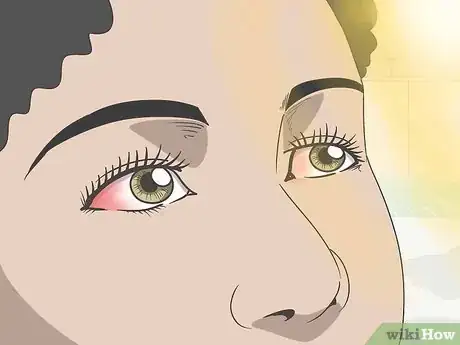
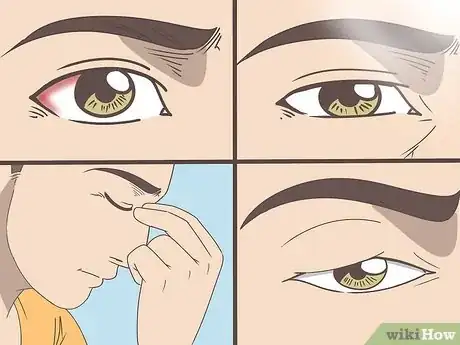
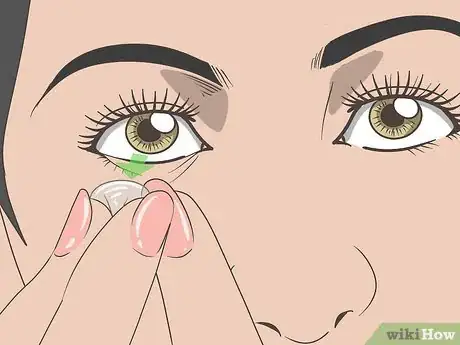
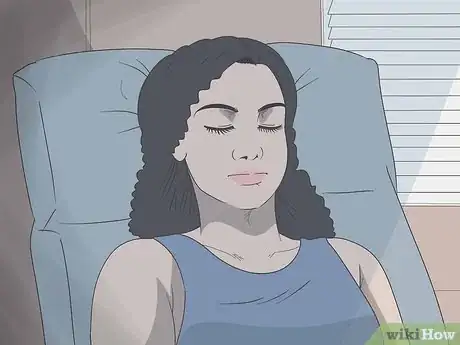
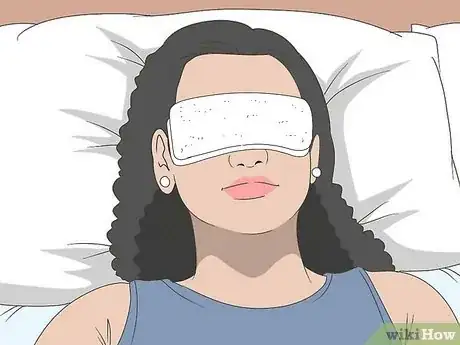
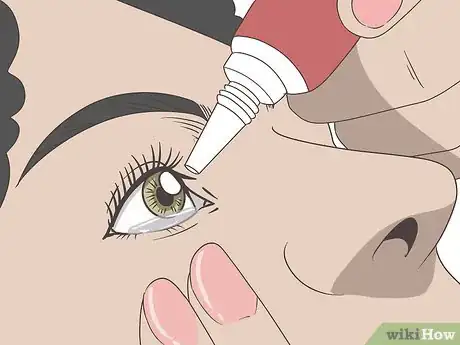
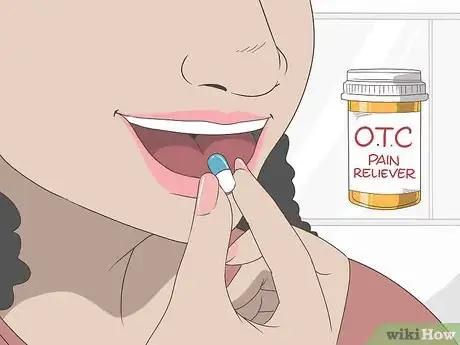
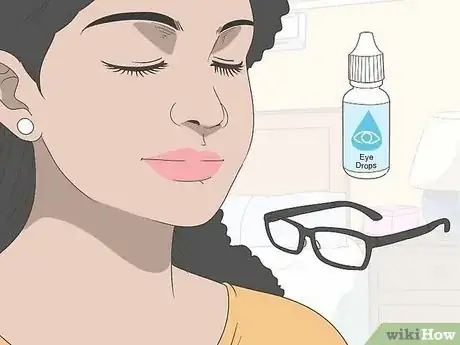
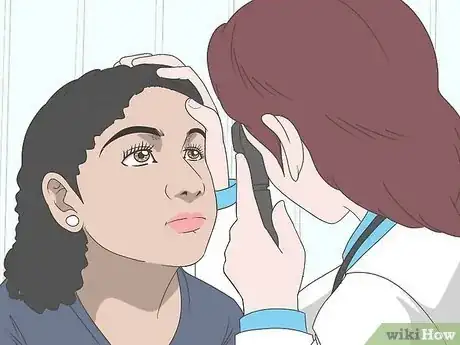
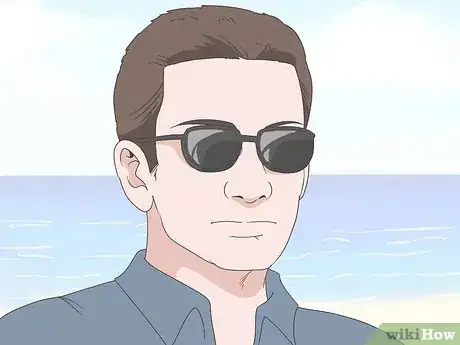

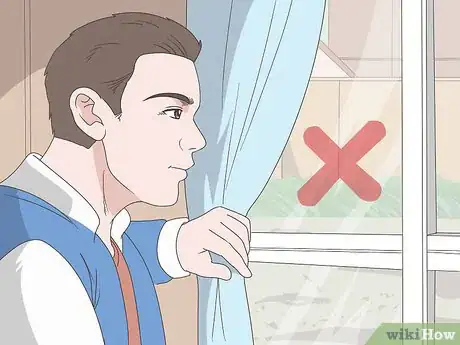
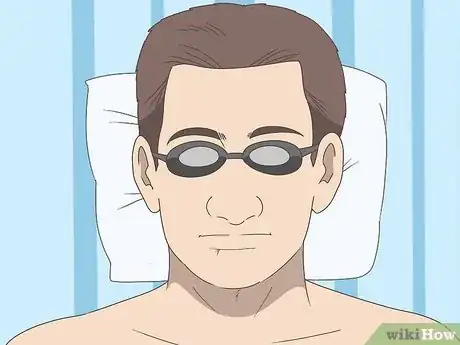

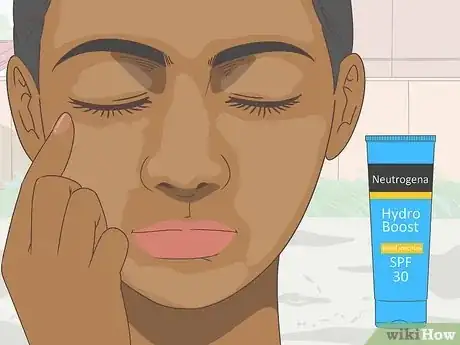
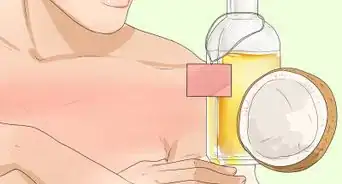

-Step-11-Version-2.webp)
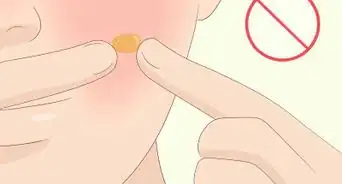



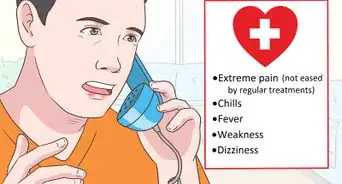
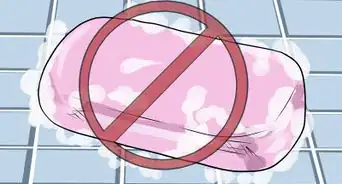
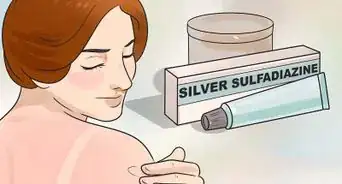
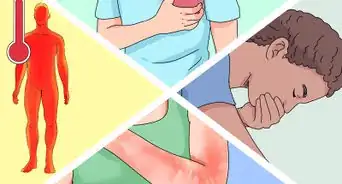

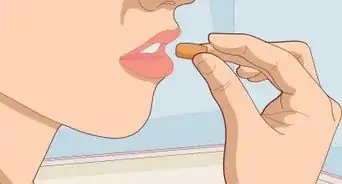
-Step-10.webp)









-Step-11-Version-2.webp)
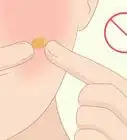



































Medical Disclaimer
The content of this article is not intended to be a substitute for professional medical advice, examination, diagnosis, or treatment. You should always contact your doctor or other qualified healthcare professional before starting, changing, or stopping any kind of health treatment.
Read More...